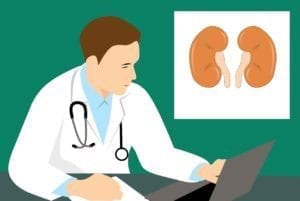Transverse Myelitis (TM)
What is transverse myelitis (TM)?
We can break down this disease state to better understand it:
- Transverse: to extend across something
- Myelitis: involves the infection or the inflammation of the white or gray matter of the spinal cord
So, putting it all together, TM is the condition in which part of the central nervous system that acts as a bridge between the brain and the rest of the body becomes inflamed. It is a rare condition, causing varying degrees of:
- Weakness
- Sensory alterations
- Autonomic dysfunction of the part of the nervous system that controls involuntary activity (such as the heart, breathing, the digestive system, and reflexes)
TM occurs in adults and children, in males and females, and in all races. Currently, there are not any hereditary or genetic factors to the condition, nor can TM be transmitted from person-to-person.
What are the signs and symptoms of TM?
TM pain may begin suddenly in the lower back. Sharp pain may shoot down the legs or arms or around the chest or abdomen. Pain symptoms vary based on the part of the spinal cord that’s affected. Some people with TM report sensations of numbness, tingling, coldness, or burning. Some are especially sensitive to the light touch of clothing or to extreme heat or cold. Some may feel as if something is tightly wrapping the skin of the chest, abdomen or legs.
In addition, some people notice that they’re stumbling or dragging one foot or have heaviness in the legs, while others may develop severe weakness or even total paralysis. Bladder and bowel problems are also symptoms of TM, including needing to urinate more frequently, urinary incontinence, difficulty urinating, and constipation.
How is TM diagnosed?
The diagnosis of TM in a symptomatic individual is based on:
- Medical history
- Physical examination of the nerve function
- Blood tests
- MRI
- Lumbar puncture (spinal tap)
What treatment options are available for TM?
The treatment of TM consists of:
- Intravenous steroids
- Plasma exchange therapy
- Antiviral medication
- Pain medication
- Medication to treat other complications
- Medication to prevent recurrent attacks
Where can I find more information about transverse myelitis (TM)?
Transverse Myelitis (TM) Articles

Family is Fundraising to Afford Therapy for Girl with Transverse Myelitis


Transverse Myelitis Appears in 43 COVID-19 Patients in 21 Countries




The FDA has Granted Orphan Drug Status to Q-Cells® for the Treatment of Transverse Myelitis




